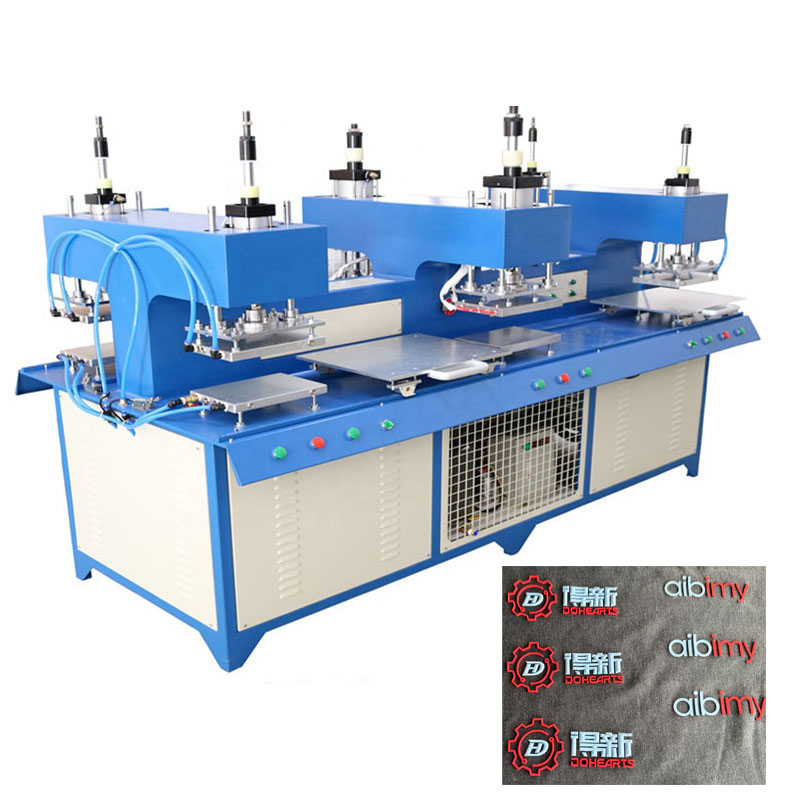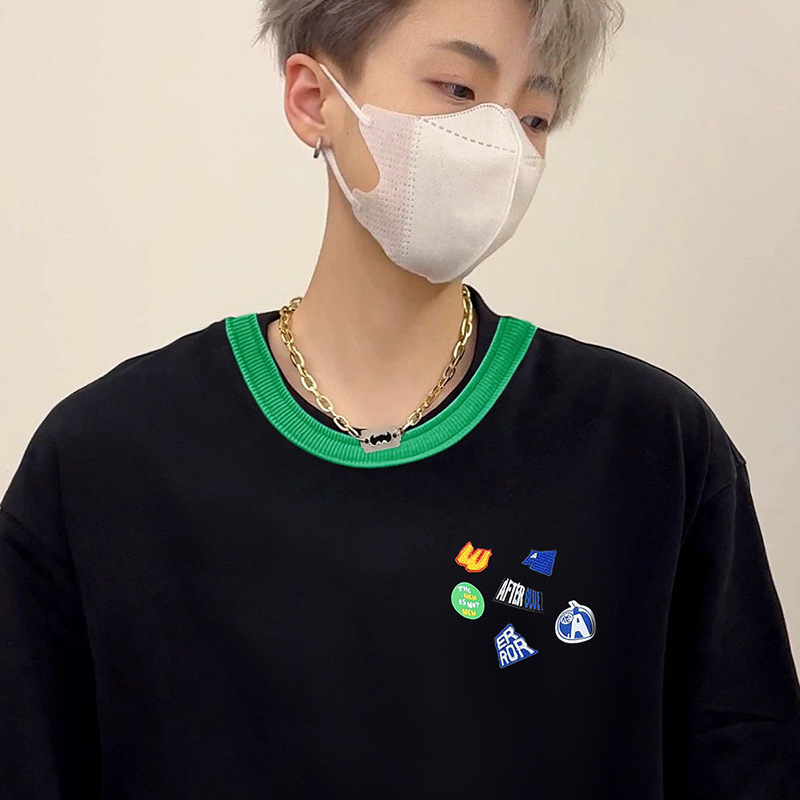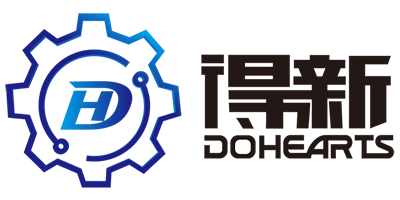In the realm of leather craftsmanship and product manufacturing, branding is more than just a logo—it is a mark of quality, authenticity, and identity. For decades, traditional flat stamping and printing methods have been the go-to for leather labeling, but they often lack the tactile appeal and visual depth that modern consumers and brands crave. Enter the 3D Label Embossing Machine for Leather—a cutting-edge solution designed to elevate leather branding by creating raised, three-dimensional labels that not only catch the eye but also stand the test of time. Also known as an “Anti-Label Pressing Machine,” this equipment addresses the common pain points of conventional methods, such as label fading, peeling, or losing shape over use, delivering results that merge artistry with industrial reliability.

What is a 3D Label Embossing Machine for Leather?
At its core, a 3D Label Embossing Machine is a specialized piece of equipment engineered to press or “emboss” three-dimensional designs, logos, text, or patterns onto leather surfaces. Unlike flat embossing, which creates a subtle indentation or raised effect, 3D embossing uses precision-machined dies and controlled heat/pressure to form a distinct, layered relief—think of the raised brand logos on luxury leather handbags, the textured monograms on high-end wallets, or the detailed patterns on leather footwear.
The “Anti-Label Pressing” moniker highlights one of its key advantages: it eliminates the risk of labels detaching or deforming. Traditional adhesive labels or printed designs on leather are prone to wear, especially with frequent use (e.g., bags carried daily, shoes worn regularly). 3D embossing, by contrast, fuses the design directly into the leather fiber, making it an integral part of the material rather than an added layer. This ensures the label remains intact even after years of use, exposure to moisture, or friction.
The embossing machine application in gloves
How Does It Work?
The magic of 3D leather embossing lies in its combination of heat, pressure, and precision tooling, tailored to the unique properties of leather (a natural, porous material that responds to temperature and force). Here’s a breakdown of the key components and process:
1. Precision Dies (Molds)
The foundation of 3D embossing is the custom die. Made from high-quality metals (typically steel or brass), these dies are CNC-machined to replicate the exact 3D design—down to tiny details like serifs in text or intricate patterns in logos. The die’s surface mirrors the desired relief: raised areas on the die will create recessed areas on the leather, and vice versa, resulting in a crisp, symmetrical 3D effect.
2. Heat and Pressure Control
Leather, especially full-grain or top-grain varieties, requires careful handling to avoid damage (e.g., scorching or stretching). 3D embossing machines feature adjustable temperature (usually ranging from 80°C to 150°C, depending on leather type) and pressure settings. Heat softens the leather fibers temporarily, allowing them to conform to the die’s shape when pressure is applied. The machine maintains consistent heat and pressure throughout the process—critical for ensuring uniformity across multiple pieces (essential for mass production).
3. Automated or Semi-Automated Operation
Modern 3D embossing machines come in both automated and semi-automated models. Automated machines are ideal for high-volume production (e.g., leather goods factories), with conveyors feeding leather pieces into the embossing station and precise timing to ensure each piece is processed identically. Semi-automated models are better for small workshops or custom projects, where operators manually position the leather but rely on the machine’s controls for heat and pressure.
Where Is It Used?
The versatility of 3D leather embossing machines makes them indispensable across a wide range of leather product categories. Here are the most common use cases:
- Luxury Leather Goods: High-end brands use 3D embossing for logos on handbags, purses, and wallets. The raised logo adds a premium, tactile element that differentiates luxury items from mass-market alternatives.
- Footwear: Leather shoes, boots, and sandals often feature 3D embossed brand names on the tongue, heel, or side panels. The durable embossment resists scuffing and wear from walking.
- Apparel Accessories: Leather belts, watch straps, and gloves benefit from 3D embossed monograms or brand marks, adding a personalized touch without compromising durability.
- Furniture and Upholstery: High-quality leather sofas, chairs, and car seats may use 3D embossing for decorative patterns or manufacturer logos, enhancing the furniture’s aesthetic appeal.
- Promotional and Custom Items: Small businesses and artisans use the machines to create custom 3D embossed leather goods (e.g., personalized notebooks, keychains, or corporate gifts), catering to niche markets.
Advantages Over Traditional Labeling Methods
What sets the 3D Label Embossing Machine apart from conventional leather labeling techniques (e.g., screen printing, adhesive labels, or flat stamping)? Here are its most compelling benefits:
1. Unmatched Durability
As mentioned, 3D embossing integrates the design into the leather, not onto it. This means no peeling, fading, or cracking—even with heavy use. Unlike printed labels, which can wear off with exposure to sunlight or moisture, 3D embossed labels retain their shape and clarity for the life of the product.
2. Premium Aesthetic Appeal
The three-dimensional relief creates a visual and tactile contrast that flat methods cannot match. It adds depth and sophistication, making products feel more luxurious and high-quality. For brands, this translates to stronger brand recognition and perceived value.
3. Versatility in Design
3D embossing machines can handle complex designs—from bold text to intricate patterns (e.g., floral motifs, geometric shapes, or even small images). The CNC-machined dies ensure that even the most detailed designs are replicated accurately, giving brands creative freedom.
4. Cost-Effective for Mass Production
While the initial investment in dies and machinery may be higher than for printing, 3D embossing is cost-effective for large production runs. Dies are reusable (lasting thousands of presses), and the automated process reduces labor costs and human error compared to manual stamping.
5. Eco-Friendly
Unlike adhesive labels or screen printing (which use inks and chemicals), 3D embossing requires no additional materials—just heat, pressure, and the leather itself. This makes it a more sustainable option for brands looking to reduce their environmental footprint.
Choosing the Right 3D Label Embossing Machine
When selecting a 3D embossing machine for leather, several factors should be considered to ensure it meets your needs:
- Leather Type: Different leathers (full-grain, top-grain, suede, synthetic leather) require different heat and pressure settings. Look for a machine with wide adjustability to handle various materials.
- Production Volume: For small batches, a semi-automated machine is sufficient. For large-scale production, opt for a fully automated model with high throughput.
- Die Compatibility: Ensure the machine can accommodate the size and thickness of your custom dies. Some machines are designed for small labels (e.g., watch straps), while others handle larger surfaces (e.g., furniture panels).
- Precision and Consistency: Look for machines with digital controls for temperature and pressure, as these offer greater accuracy than manual knobs. Consistency is key for branding—each product should have an identical embossment.
- After-Sales Support: Dies may need maintenance or replacement over time, so choose a manufacturer that offers reliable customer service and die-making services.

The 3D Label Embossing Machine for Leather is more than just a piece of equipment—it is a tool that transforms leather branding from a flat, functional detail into a dynamic, memorable feature. By merging precision engineering with the natural beauty of leather, it addresses the limitations of traditional methods, delivering durability, luxury, and versatility that modern brands and consumers demand. Whether you’re a luxury goods manufacturer, a small artisan, or a business looking to elevate your leather products, this machine offers a way to stand out in a crowded market. As leather craftsmanship continues to evolve, the 3D embossing machine remains at the forefront—proving that when artistry meets technology, the results are nothing short of extraordinary.
Post time:
Oct-29-2025

